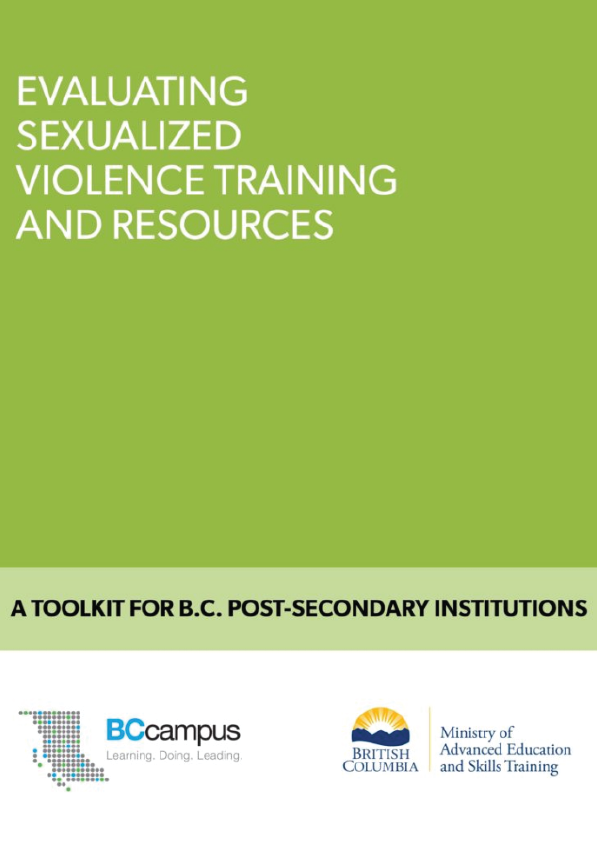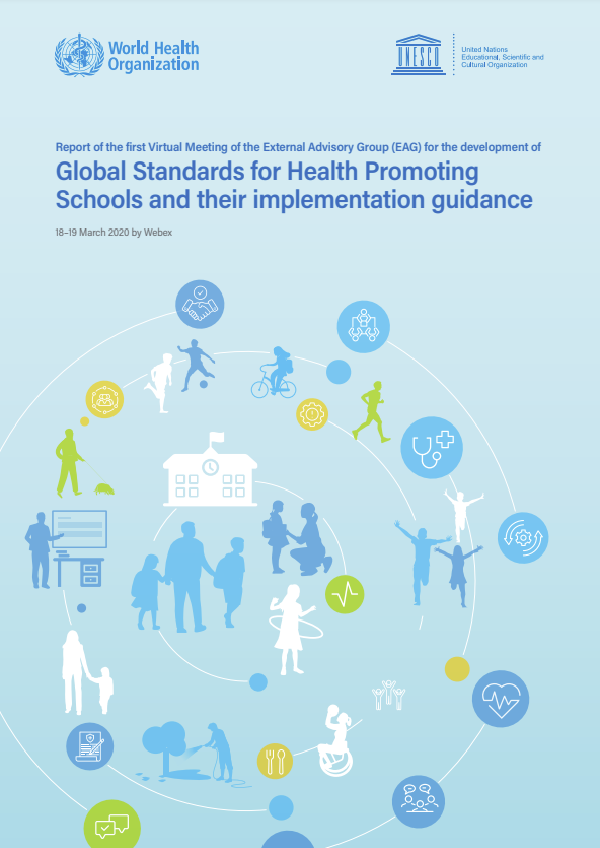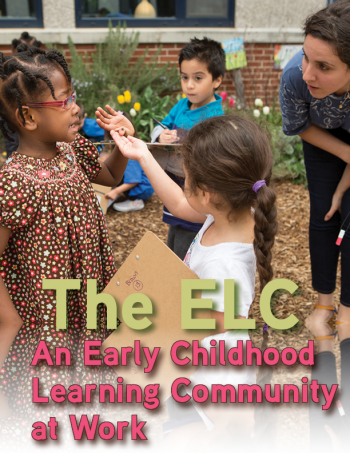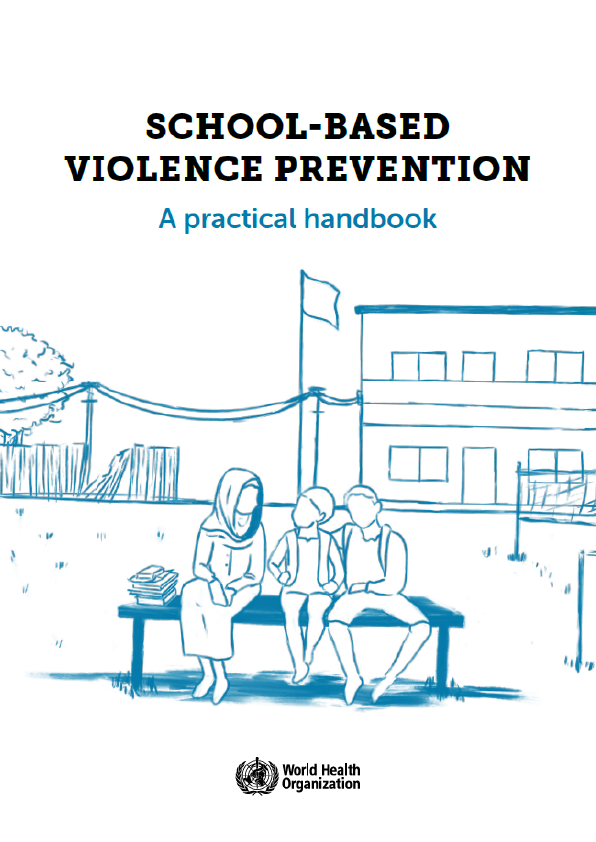Introduction
The purpose of this toolkit is to assist B.C. post-secondary institutions (PSIs) with evaluating and selecting resources to support their ongoing planning and delivery of training on sexualized violence (SV).
In the process of developing a comprehensive approach to SV, PSIs can be confronted with an overwhelming number of resources, research, options, and well-intentioned advice. This toolkit includes activities to guide PSIs selecting and/or adapting resources for SV education and training. It includes:
- an overview of key principles that SV experts working in B.C. post-secondary institutions have identified as critical for delivering appropriate and effective SV training;
- worksheets for reviewing and evaluating existing SV training and related resources;
- a planning wheel that can be used to consider how to implement the key principles and adapt existing resources to local communities.
This resource is intended to be of use to staff, students, and faculty working in a range of contexts, including:
- campus sexual violence centres
- campus Indigenous groups
- accessibility services
- peer support workers
- wellness programs
- international students and staff/faculty who work with them
- student leaders
- student organizations
Getting Started
Most PSIs currently have a range of SV training, activities, and initiatives. It can be helpful to begin by reflecting on what already exists at your institution in order to identify strengths, needs, gaps, and available resources for implementing SV training.
Brainstorming can be an effective way of generating ideas within a group setting. Beginning with a question such as “What kind of SV training and resources do we need?” can help to highlight existing policies and practices, diverse perspectives, and opportunities to build on what has already been done successfully.
Below is an example of topics and issues that might emerge from brainstorming.
Evaluating Existing SV Training and Resources
Many PSIs are adapting existing SV training and resources to their own contexts. The activities in this section are intended to support PSIs in identifying key elements of effective SV training and resources. The activities can be used to evaluate a specific type of training or resource under consideration or to inform a comprehensive approach to the implementation of an institution’s overall SV program.
Evaluating Existing SV Training and Resources
Many PSIs are adapting existing SV training and resources to their own contexts. The activities in this section are intended to support PSIs in identifying key elements of effective SV training and resources. The activities can be used to evaluate a specific type of training or resource under consideration or to inform a comprehensive approach to the implementation of an institution’s overall SV program.
Discussion Questions: Key Principles
The following discussion questions can be used in tandem with Worksheet #1 or on their own to further discussion of the key principles for effective SV training and resources:
- What principles and approaches are currently informing the development and delivery of SV training and resources at your institution? What strengths do they highlight? Are there other principles specific to your context that you might consider, e.g., harm reduction as a way of making links between gender-based violence and substance use?
- Which principles already align with the principles, values, and stated goals of your PSI? E.g., does your institution have policies on access or diversity, equity, and inclusion? Indigenization or reconciliation? Gender-based analysis?
- Are there gaps in knowledge in relation to these principles? Are there opportunities to support new and ongoing learning about these different approaches, either specific to SV or to other activities and issues?
- Are there opportunities to identify key indicators in each area specific to your institution? Can these be incorporated into ongoing evaluations or revisited later to see if progress has been made?











